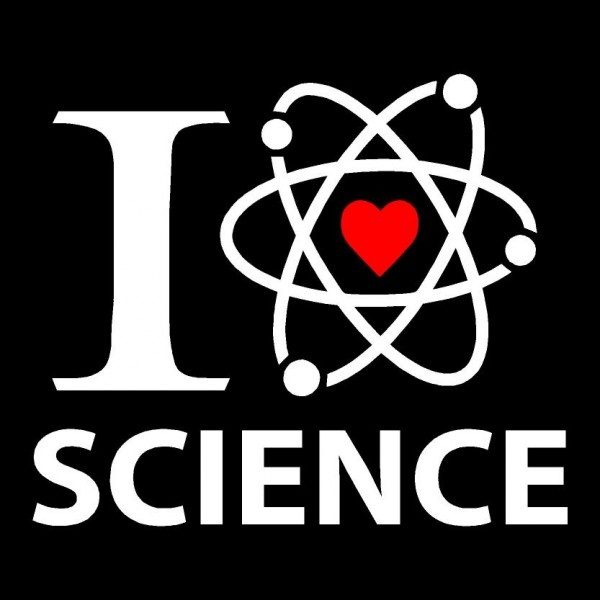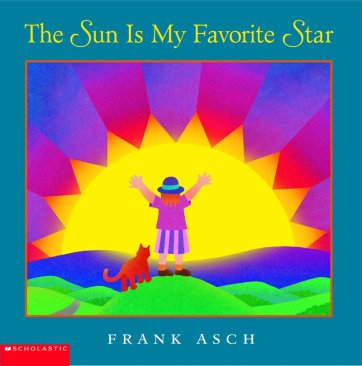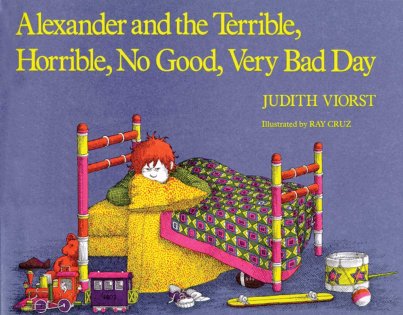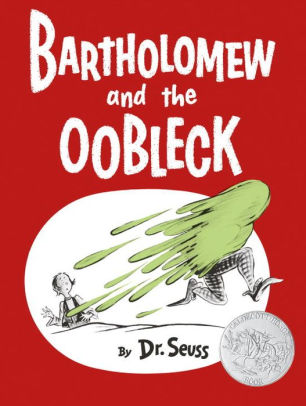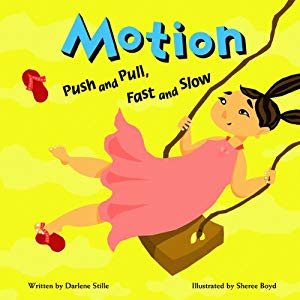Bomb: The Race to Build- and Steal- the World’s Most Dangerous Weapon
by Steve Sheinkin

Florence Nightingale: The Courageous Life of the Legendary Nurse by Catherine Reef
Counting On Frank by Rod Clement

Just a Little Bit by Ann Tompert

Let’s Experiment by Natalie Lunis & Nancy White
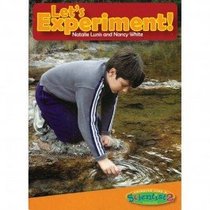
Measuring Penny by Loreen Leedy

What’s Smaller Than A Pigmy Shrew? by Robert E. Wells

Bartholomew and the Oobleck by Dr. Seuss
.png)
Temperature: Heating Up and Cooling Down by Darlene Stille
Zach’s Alligator by Shirley Mozelle

Goodnight Lab by Chris Ferrie

